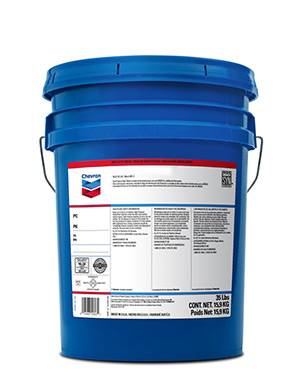Abe . 04, 2024 18:11 Back to list
a one way check valve
Understanding a One-Way Check Valve Functionality, Types, and Applications
A one-way check valve, also known simply as a check valve, is a critical component in fluid mechanics and piping systems. Its primary function is to allow fluids to flow in one direction while preventing reverse flow. This ability is crucial in many applications, including plumbing, industrial processes, and even automotive systems. To fully appreciate the significance and functioning of one-way check valves, we need to explore their design, types, and applications.
How a One-Way Check Valve Works
The design of a one-way check valve is relatively straightforward yet effective. Typically, it consists of a valve body, a disc, and a spring mechanism. When fluid flows in the intended direction, it lifts the disc, allowing the fluid to pass through. Once the forward flow ceases, the spring forces the disc back into a closed position, thereby preventing any reverse flow. This simple mechanism plays a crucial role in maintaining system pressure and preventing backflow that can cause contamination, inefficiency, or even damage to equipment.
Types of One-Way Check Valves
One-way check valves come in various types, each tailored to specific applications and operational requirements
1. Swing Check Valve This type utilizes a swinging disc that pivots on a hinge. It is primarily used in larger pipelines and is effective in preventing backflow due to its large seal area. However, it may not respond swiftly to changes in flow direction.
2. Lift Check Valve In this design, the disc moves vertically with the flow of the fluid. When the flow stops or reverses, the disc naturally slides down to seal the valve. Lift check valves are suitable for systems where space is limited.
3. Spring Check Valve A spring-loaded mechanism keeps the disc closed until the pressure from the flow overcomes the spring’s resistance. This type is compact and allows for quick operation, making it ideal for applications needing rapid response.
a one way check valve

4. Ball Check Valve This valve uses a ball that sits in a seat at the bottom of the valve. When fluid flows in the correct direction, the ball moves away from the seat, allowing flow. When the flow stops or reverses, gravity pulls the ball back into the seat, creating a seal. This design is particularly effective in handling slurries.
Applications of One-Way Check Valves
The applications of one-way check valves are vast and varied. Some common uses include
- Pumping Systems In pumps, check valves prevent backflow that could damage the pump or cause it to lose its prime.
- Water and Wastewater Treatment These valves are instrumental in maintaining flow direction in treatment plants, preventing backflow of contaminated water.
- HVAC Systems In heating, ventilation, and air conditioning systems, check valves ensure that hot water or steam flows uniformly and prevents backflow that could disrupt the heating process.
- Automotive Engines Check valves play a pivotal role in fuel systems, ensuring that fuel does not flow back into the tank, thereby maintaining pressure in the fuel lines.
Conclusion
In conclusion, a one-way check valve is an essential component in many fluid systems, designed to prevent backflow and maintain optimal operation. Understanding the various types and their specific applications can assist engineers and technicians in selecting the right valve for their needs. Whether in industrial settings or everyday plumbing systems, these valves contribute significantly to efficiency, safety, and reliability in fluid management. As industries continue to evolve, the importance of such mechanical devices will only grow, highlighting the need for diligent design and maintenance in piping systems to ensure smooth and uninterrupted operation.
-
thread-plug-gauge-our-promise-of-measurement-excellenceNewsAug.22,2025
-
gauge-pin-class-reflecting-quality-legacyNewsAug.22,2025
-
check-valve-types-for-high-rise-buildingsNewsAug.22,2025
-
water-control-valve-for-irrigation-systemsNewsAug.22,2025
-
gate-valve-with-soft-seal-technologyNewsAug.22,2025
-
y-type-strainer-for-oil-and-gas-applicationsNewsAug.22,2025
Related PRODUCTS









